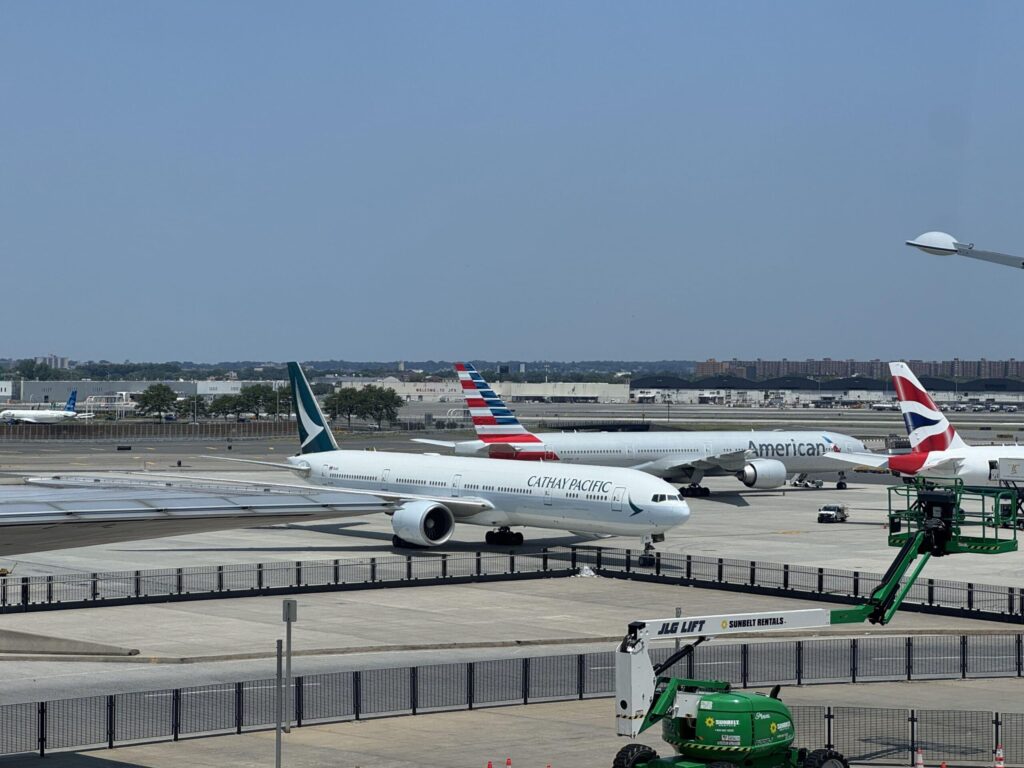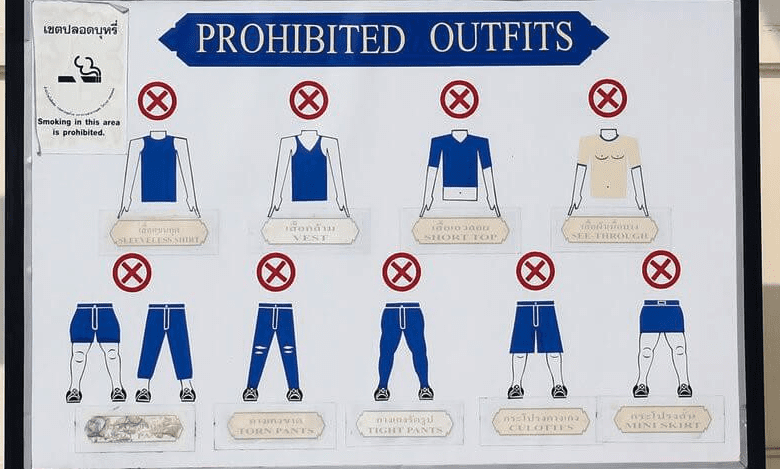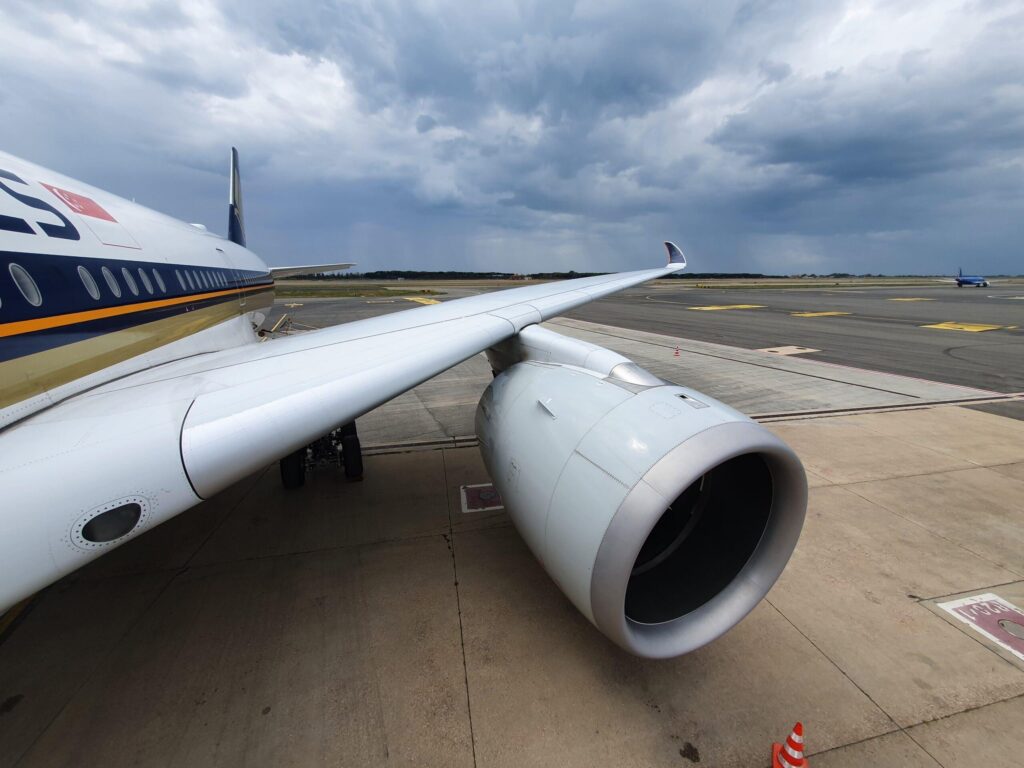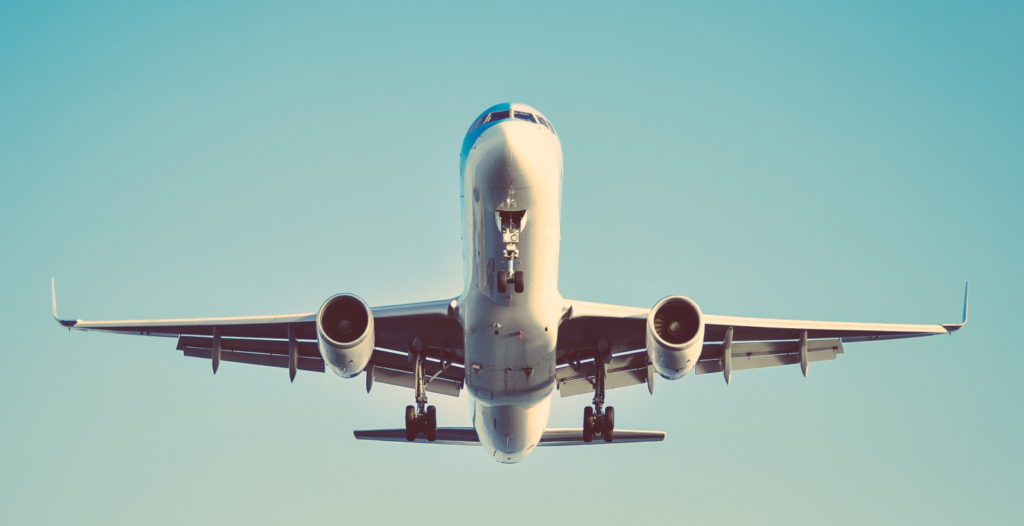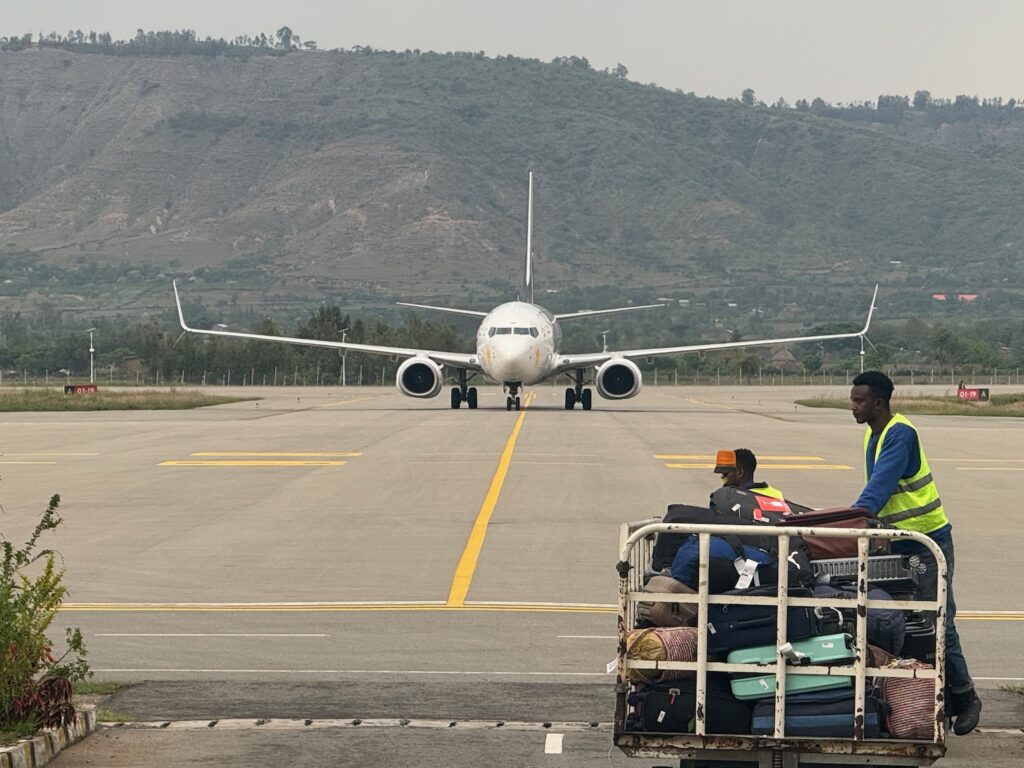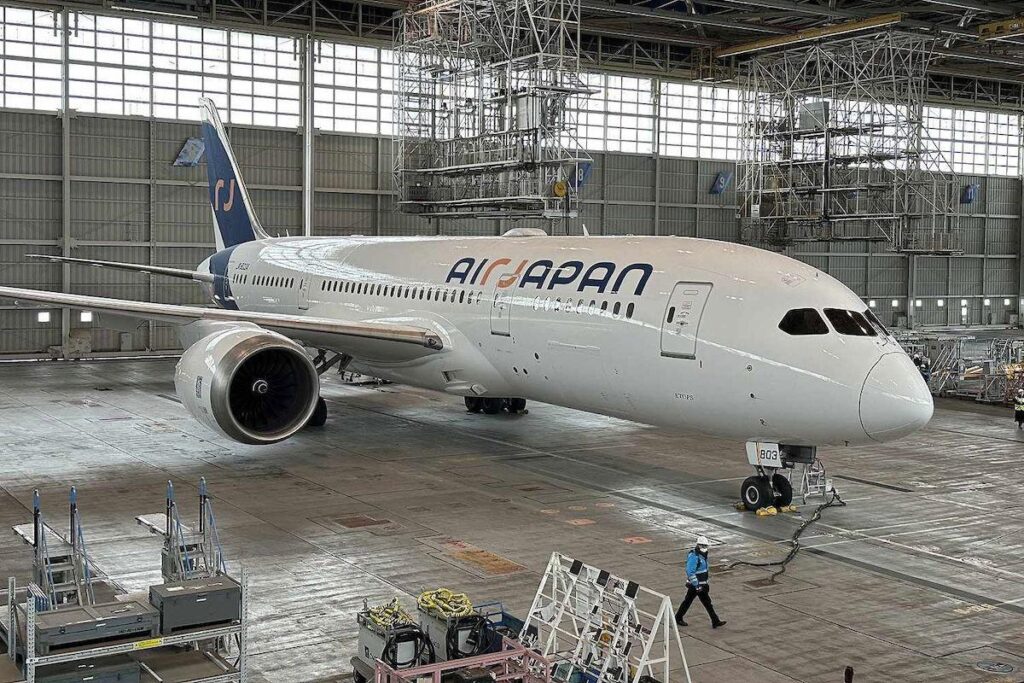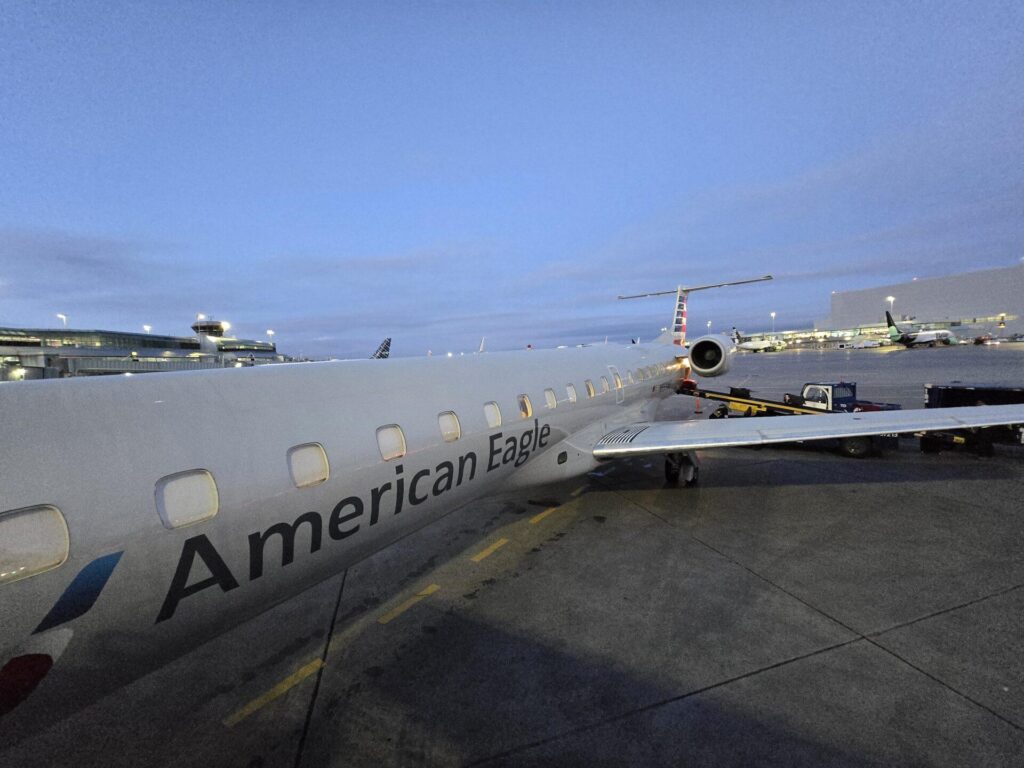
Flying with Pets in 2025: Revised Rules for Frequent Flyers
I’ve been fascinated by how quickly pet travel has evolved in 2025. Over two million pets reportedly fly each year in the United States, and, from what I’ve seen, airlines are working diligently to accommodate that growing demand. Modern regulations allow medium-sized dogs, plus smaller animals like ferrets and rabbits, to join their humans on select carriers. At the same time, the move to digital health certificates and the introduction of temperature-controlled cargo holds reflects an emerging mentality: pets are no longer just extra luggage, but cherished travel companions.
Why 2025 Changes Matter
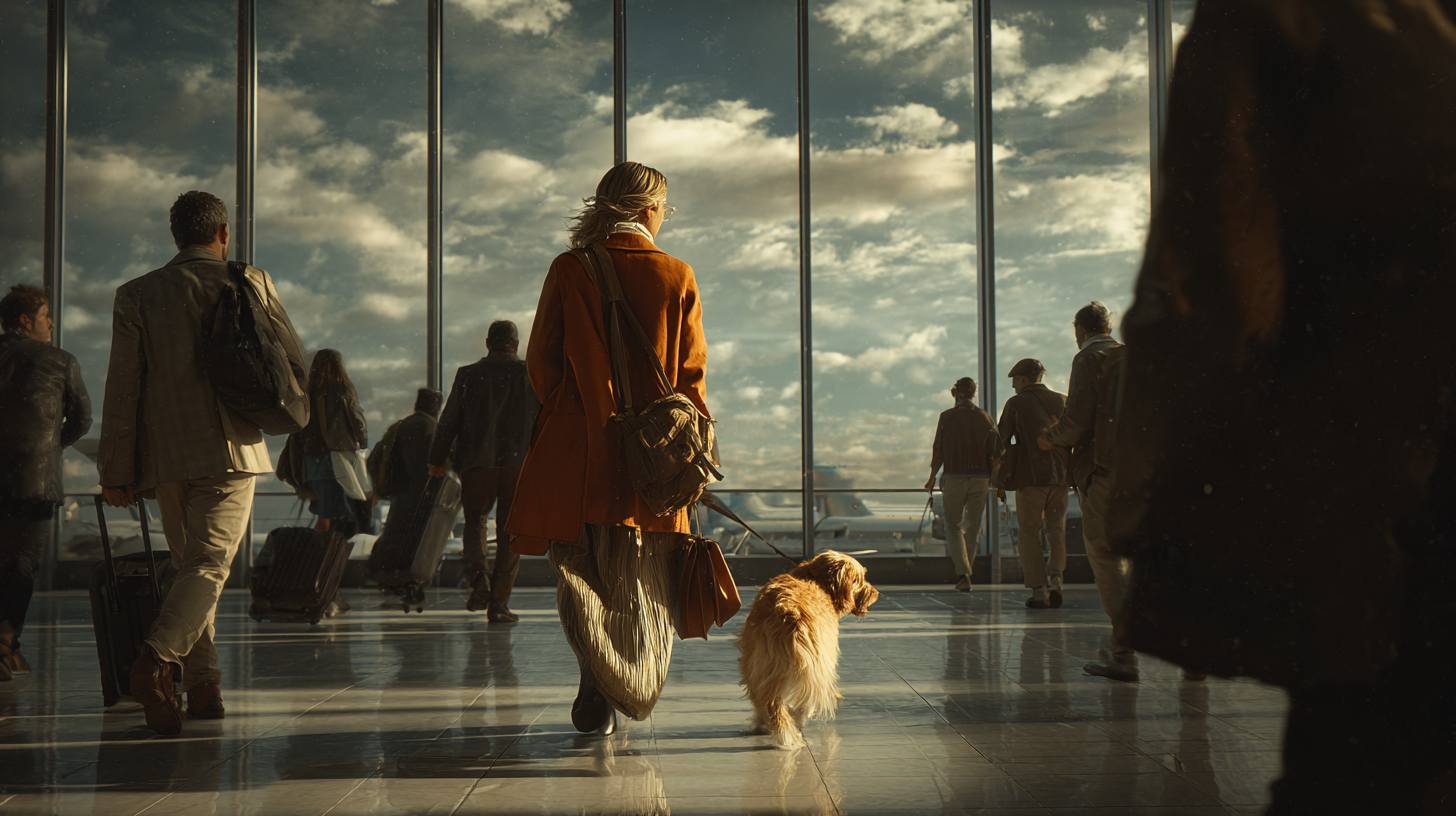
In my own research, I’ve observed that soaring passenger volumes have driven airlines to tighten carrier dimensions, impose restrictions on certain breeds, and raise fees. These changes might feel like hurdles, but carriers such as American, Delta, and Emirates are pairing them with new digital processes that actually expedite check-in and maintain safety. According to industry data, over 70% of pet-related boarding delays in the past year stemmed from incomplete paperwork, which is why I’m happy to see more digital forms and real-time tracking solutions.
From my perspective, the best part of these 2025 updates is the increased attention to the well-being of pets in flight. I’ve chatted with travelers who rave about the temperature-controlled cargo spaces and upgraded tracking protocols that airlines have introduced. Some carriers even present bonus miles for pets who frequently travel, mirroring the loyalty programs we humans know so well. That tells me the industry is finally recognizing our furry companions as genuine passengers deserving special care.
I’ve also noticed that many airports now offer staff trained in animal handling. A recent study suggests that specialized training reduces pet incidents by 40%, making it a smart long-term investment for airlines and an extra layer of reassurance for all pet owners.
Comparing Key Airline Pet Policies
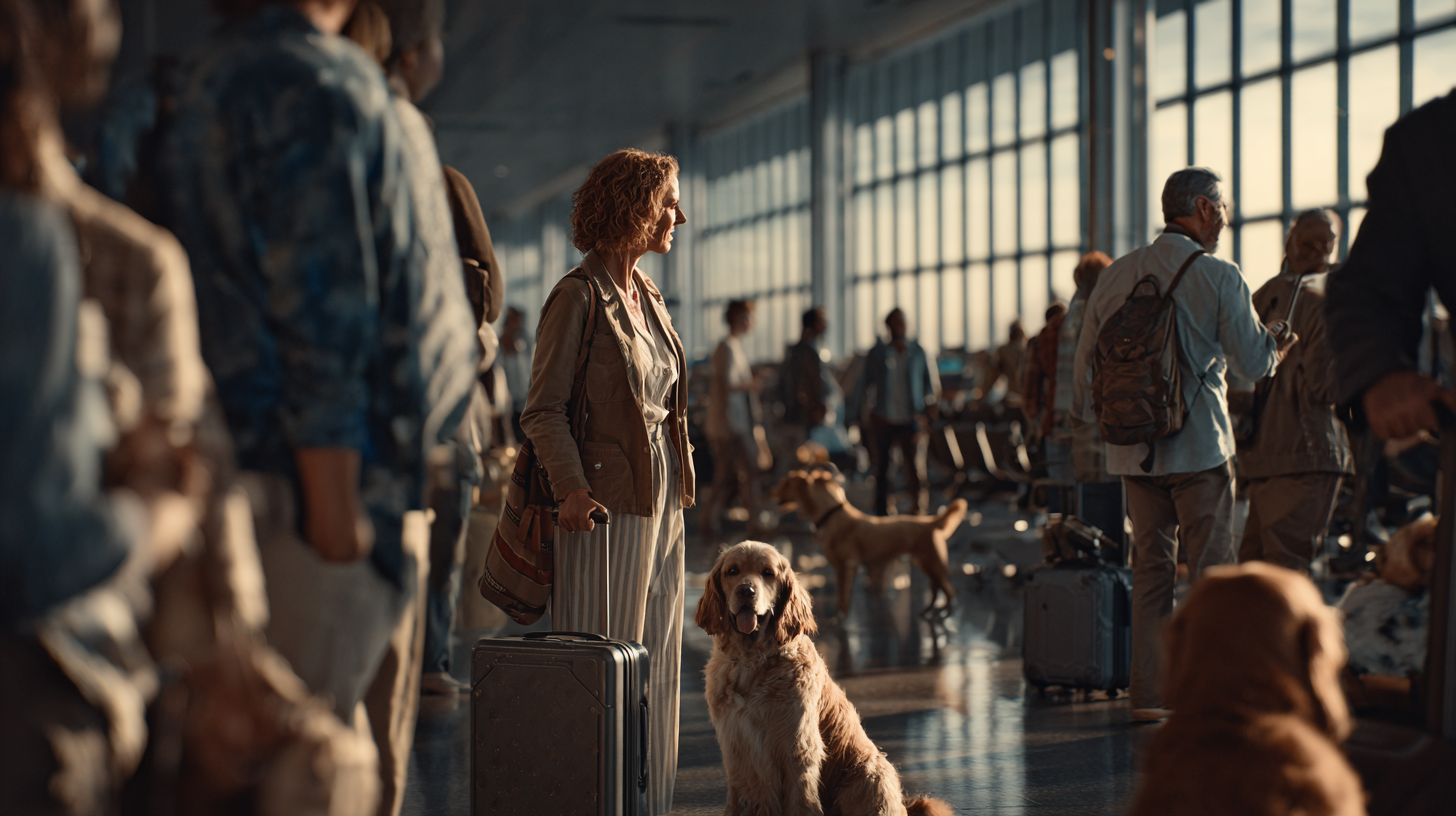
When I compare airline pet policies, I see huge variations in everything from size limits to breed restrictions. For instance, I’ve come across travelers who prefer American or Delta because they allow small dogs and cats in-cabin, so long as they meet weight requirements and stay in an approved carrier. Meanwhile, I’ve heard that EasyJet and Ryanair still draw a hard line against most animals in their cabins.
From personal conversations with other travelers, Etihad and Emirates seem to be leading the way with flexible seating polices and refined in-flight services for pets. On transatlantic routes, some carriers require rabies documentation or even a dedicated pet passport. These formalities can sound intimidating, but I’ve discovered they’re straightforward as long as you double-check each country’s guidelines—especially for G7 travelers crossing multiple borders.
I’ve read about niche options, too. BARK Air and JSX provide specialized flights for larger pets that exceed the typical in-cabin size cap. While the fees are higher, families I’ve spoken with say the peace of mind is well worth it. There’s a real sense of relief knowing you can travel with a big, happy dog who gets to stay nearby instead of in cargo.
Fees, Carriers & Extra Perks
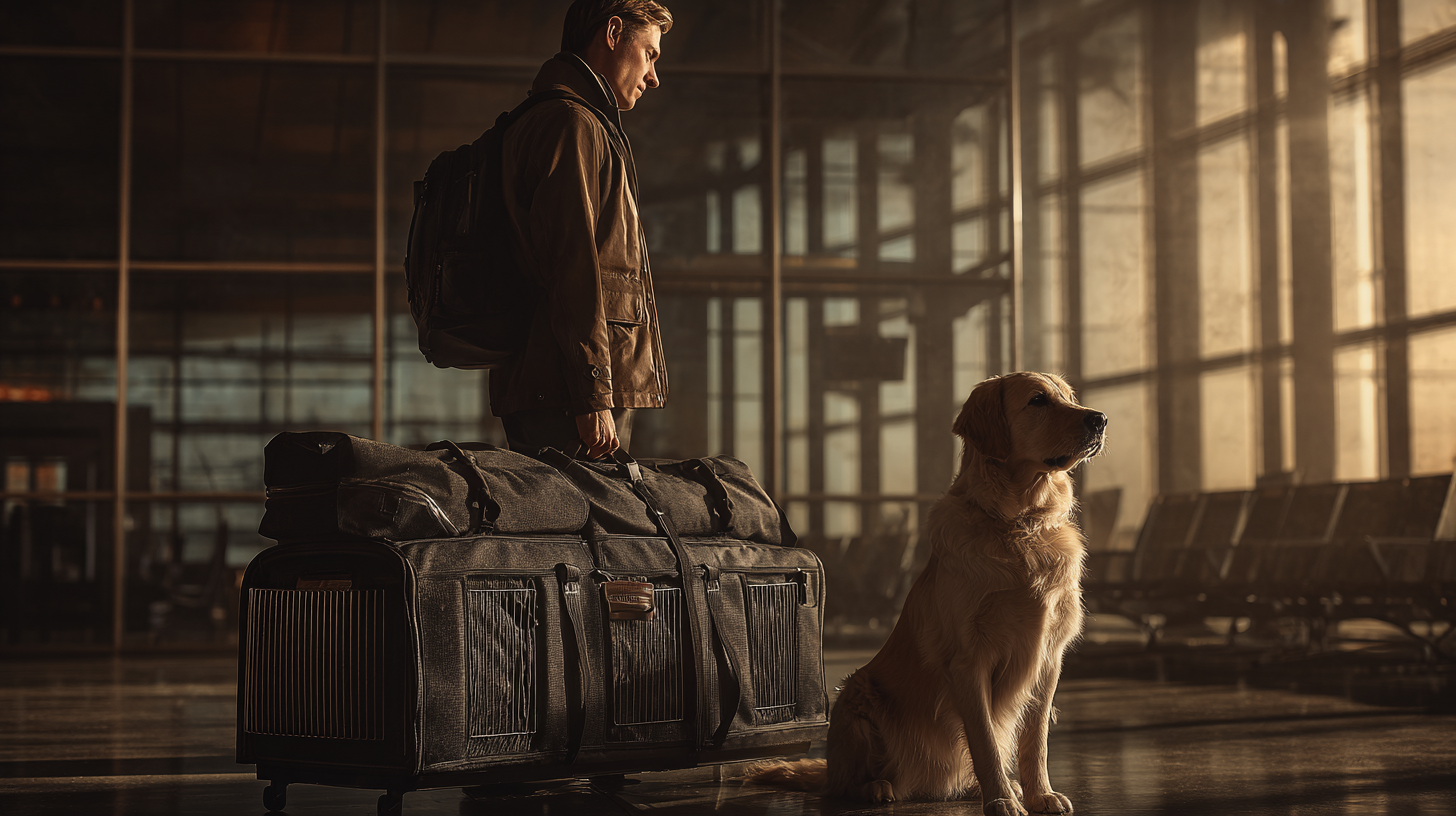
Fees for pet travel tend to sit between $50 and $150 per flight segment, but I’ve paid more for international and Hawaii-bound flights—sometimes as high as $200. To me, the variation underscores the importance of reading the fine print. Some airlines are lenient, allowing an extra pet carrier if you buy an extra seat, while others stick to a single-pet rule per passenger. I recommend double-checking maximum weight requirements; many carriers place the cutoff around 20 lbs for in-cabin travel, though I’ve seen exceptions.
One favorite trick of mine is using services like Stasher to store extra luggage while I handle food or carriers for my pet. Juggling pet gear can be tricky, especially if you have a quick layover or a tight schedule. I’ve also noticed more airlines adding loyalty perks that appeal to pet owners, like reward points or discounted pet fees if you’re part of their membership program.
Anecdotally, I’ve found that booking during off-peak travel seasons leads to fewer stressors on both me and my companion. Lines are shorter, and gate agents often have more time to smooth out any last-minute snags with documentation or seat assignments. And remember, if you’re traveling with a service dog, check updated requirements well ahead of your flight—several airlines have refined their policies to make sure legitimate service animals are welcomed properly.
Essential Pet Health & Safety Alerts
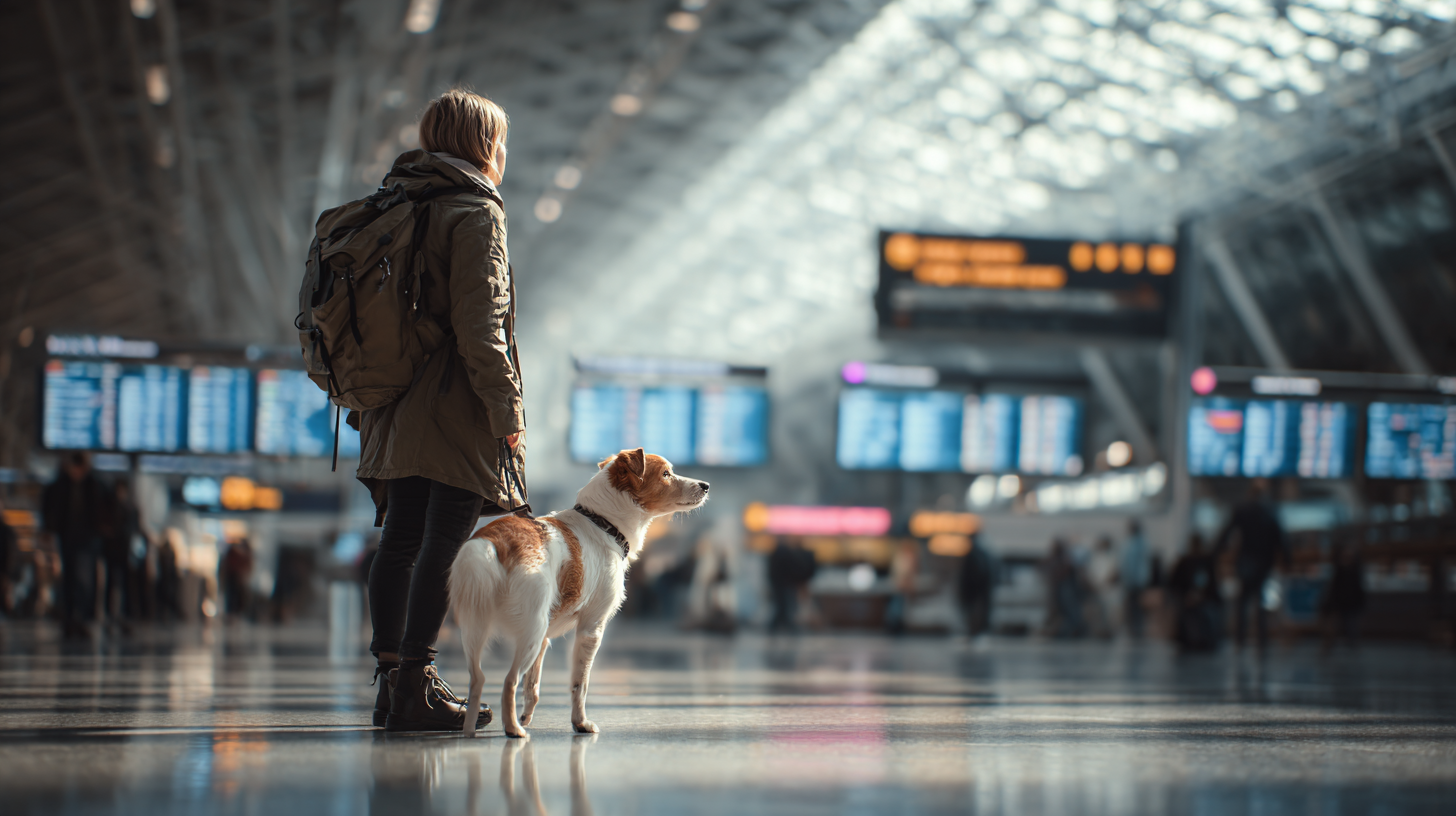
In my experience, it’s vital to stay on top of any health developments that might impact your pet. Vet clinics have reported an uptick in a new cough among dogs, so I’ve been recommending folks get an extra check-up if their pet shows any signs of respiratory trouble—especially before a flight. Increased parasite risks in certain regions also mean you’ll want to keep vaccinations and treatments up to date.
There have been a few dog food recalls recently, and that’s something I always keep an eye on before traveling. Nothing ruins a trip like discovering your pet’s brand of kibble is on a recall list. Combine that with rising temperatures, and you’ve got potential heatstroke scenarios to worry about. It’s why I bring a collapsible water bowl wherever I go. According to one airport representative I talked to, the addition of more pet relief stations has cut down on mid-terminal accidents and made a big difference for travelers who prefer not to scramble outside during layovers.
For me, the biggest takeaway is that these new regulations do more than demand extra paperwork; they remind us to be proactive about our pets’ comfort and health. After all, it’s not just about getting from point A to point B—ensuring your buddy’s well-being before, during, and after the flight can make the overall journey infinitely more enjoyable.
Top Tips for Flying with Your Pet

From personal experience, I’ve found that practicing with a carrier at home is the quickest way to reduce in-flight stress. Before a big trip, I’ll let my pet sniff around and nap inside the carrier, so it feels like a safe, familiar space. It’s also worth keeping a small, comforting item in the carrier—like a favorite blanket or toy—to help them feel secure.
I recommend organizing documents in one central folder or app. In 2025, many airlines embrace digital health certificates, so all it takes is a quick scan at the check-in counter. Service animal policies can be more rigorous now, so it’s a good idea to confirm those guidelines long before departure. One helpful resource I’ve come across is the Sniffspot guide, which outlines key differences between emotional support animals and full-fledged service dogs.
If the process ever feels too complicated or the fees get too high, I’ve sometimes concluded it’s simpler to look into ground transport or leave my pet in a trusted boarding facility. Either way, you’ll want to compare each airline’s fees, rules, and perks thoroughly. I often start with bigger brands like Delta, Alaska, Lufthansa, or Qatar, then branch out to see if any boutique carriers offer a better experience. Data from multiple travelers I’ve interviewed shows that comparing prices and perks at least a month before your travel date can save you up to 30% in pet-related costs.
Final Thoughts

From what I’ve gathered, the 2025 pet travel landscape strikes a balance between setting necessary regulations and fostering a safer, more comfortable environment for animals. Every detail, from expanded relief areas to streamlined digital certificates, contributes to a smoother journey. Of course, these policies aren’t just bureaucratic hoops; they’re there to protect our furry companions and maintain a stress-free cabin.
Personally, I’m impressed by how airlines have acknowledged that our four-legged travel partners deserve the same level of attention and support as we do. By comparing prices, reading up on breed and size limits, and leaning on fresh tech solutions, you’ll be able to craft an itinerary that fits you and your pet perfectly.
Sky Skylar’s Take
I love standing at the crossroads of technology and travel, and witnessing how pet-friendly features are popping up everywhere. It feels like that moment we’ve imagined for ages, where traveling with your dog or cat no longer has to be a complicated chore—if you do it right.
Worldwide, these changes represent a global shift in attitude toward pet companions. It’s thrilling to watch this story unfold, because it proves just how connected we are to the furry (and feathered) members of our families, even when we’re soaring 30,000 feet above the ground.








